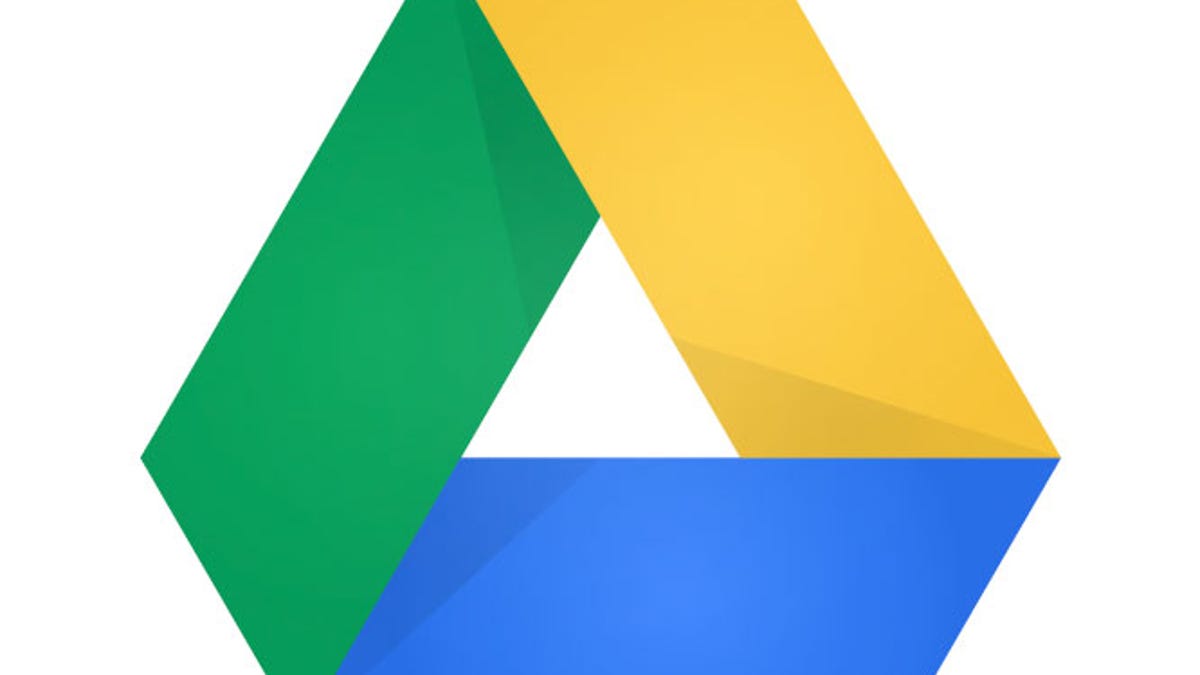Google Drive, SkyDrive, Dropbox? Heck, use 'em all!
Cloud storage services aren't like social media or e-mail services, and CNET's Stephen Shankland says the savvy data consumer can take advantage of that to save money.

It's true that the newly launched Google Drive competes with plenty of other services for sharing files across all your devices. But there's something very different in this particular situation than in a lot of online services.
Namely this: why not use them all?
With social networking, few people have the patience to keep a lively feed of activity at Facebook, Twitter, Pinterest, Instagram, Google+, and any number of other sites. We gravitate toward the one where our contacts are active.
And with e-mail, it's inconvenient to have multiple addresses on multiple services, generally speaking.
But with online storage, there's nothing holding you back from putting your photos at Microsoft SkyDrive, your Word documents for work collaboration at Dropbox, and your videos at Google Drive. As long as the services can reach all the devices you need, you can add them together to get lots of storage while sticking in the free tier.
Google Drive is free up to 5GB, Dropbox to 2GB, and SkyDrive up to 7GB (though those who signed up before Monday can lock in the earlier free level of 25GB). That's at least 10GB right there, and there are other cloud storage services out there, too.
It can be inconvenient to spread storage over multiple services. And doing so might confuse coworkers, family members, or others with whom you might be sharing files. But mostly, I see no reason to put all your eggs in one basket until you've filled the baskets you have.
I imagine plenty of others -- already paying hundreds of dollars a month for mobile phone data plans, cable TV, Netflix, and such subscriptions -- will reach the same conclusion. And that means that that cloud storage pricing will be under pressure.
How many people bumping into Dropbox's 2GB limit will decide to just add another service into the mix rather than step up to its cheapest tier, $10 a month for 50GB? If someone has added 5GB for free at Google Drive, why not then add extra capacity there for $2.49 a month for 25GB as a next step?
The way around this is to add extra services that are useful to people. That could be anything from better data protection against hackers to integration with Facebook, Yahoo Mail, or Google Docs.
It's a good thing for the cloud storage companies that the cost per gigabyte of storage keeps dropping every year.

